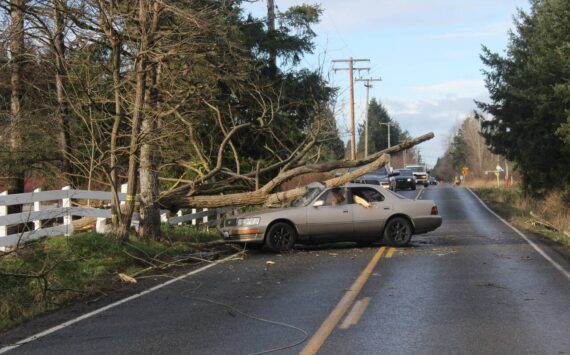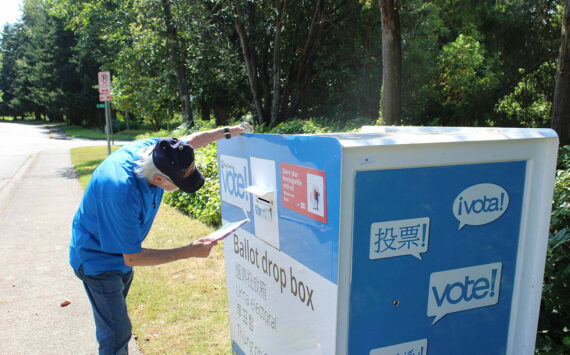As downtown Tacomas revitalization continues and market-rate condominiums changes the cityscape, how will affordable housing become more integral to the city?
That was the question during yesterdays City Council study session, where city leaders shared ideas on how promote affordable housing and decentralize low-income housing projects in certain areas of Tacoma.
Its important that low-income people, working poor, and seniors are integrated into the fabric of our downtown community, said City Manager Eric Anderson. If not, you dont get the vibrancy and synergy that comes from a diversity of incomes.
Anderson recommended that the City should aim to promote 80 percent market-rate housing, and 20 percent affordable housing for new downtown residential development projects. Whether the City would provide incentives to encourage projects that promote such a diversity of incomes is unclear, and something that the Economic Development Department and Neighborhoods and Housing Committee will explore in the coming months.
One strategy: partner developers with non-profit housing agencies to build projects that meet the needs of low-income Tacomans, but also pencil out for developers.
Another strategy: require developers to include low-market housing in their projects. That idea received mixed support from councilmembers, largely because it might discourage development in Tacoma.
We need to consider the financial impact on developers, said Councilmember Connie Ladenburg.
Councilmember Tom Stenger agreed.
We couldnt require it unless we thought the market would build those types of units, he said. Would we be placing too much of a burden on the market?
But its clear that downtown development has focused on market-rate housing. According to statistics provided by City Manager Anderson, five years ago 74.5 percent of residents living downtown were classified as low-income. In 2005, that number dropped to 46.7 percent.
There have been a lot of new projects built downtown, he said, almost all of which have been market-rate.
Yesterdays study session also provided the opportunity for councilmembers to learn why an affordable housing levy presented last year failed with voters.
The levy would have raised $2.5 million per year to create and promote low-income homeownership and multi-family housing by raising taxes between 10-cents per $1,000 assessed valuation ($1.36 million per year) and 25-cents per $1,000 assessed valuation ($3.4 million per year).
We werent able to overcome the general dislike of taxes, said Catherine Forbes of the United Way of Pierce County who supported the levy.
Sandy Burgess, president of the Tacoma-Pierce County Affordable Housing Consortium, said, With more money, we would have reached more people. We could have answered more questions and passed the levy.
Councilmember Jake Fey, who campaigned last year and was elected to the District 2 seat, commented that the affordable housing issue might not have connected with voters. I dont recall more than two or three conversations in my doorbelling where this issue came up, said Fey. He said there should have been more face-to-face contact in order to make people more ready to tax themselves for this.
Presently, 35,000 of the 76,125 households in Tacoma are low-income’ households — households earning less than 80 percent of the median income for the Tacoma area. 12,000 renter households pay more than 35 percent of their incomes on housing, and more than 400 households are presently on the waiting list of the Tacoma Housing Authority, a service organization that provides affordable, quality public housing to low- and moderate-income people.
The City has addressed affordable housing before.
In 1996, a so-called Affordable Housing Summit identified the need to establish a trust fund. Two years later, the City Council capitalized the fund at $1 million, and worked with private and public leaders to find on-going sources of revenue. In May 2001, however, the Affordable Housing Bond was rejected by voters.
In 2002, community leaders turned to an affordable housing levy as the most promising source of funds. The levy called for homeowners to pay 25 cents per $1,000 of assessed value annually over a 7-year period. The levy was supposed to appear on the November 2003 ballot, but issues such as the high cost of electric utilities, the murder-suicide of Tacoma Police Chief David Brame, and dissatisfaction from Tacoma residents over the idea of increasing property taxes killed the levy.







